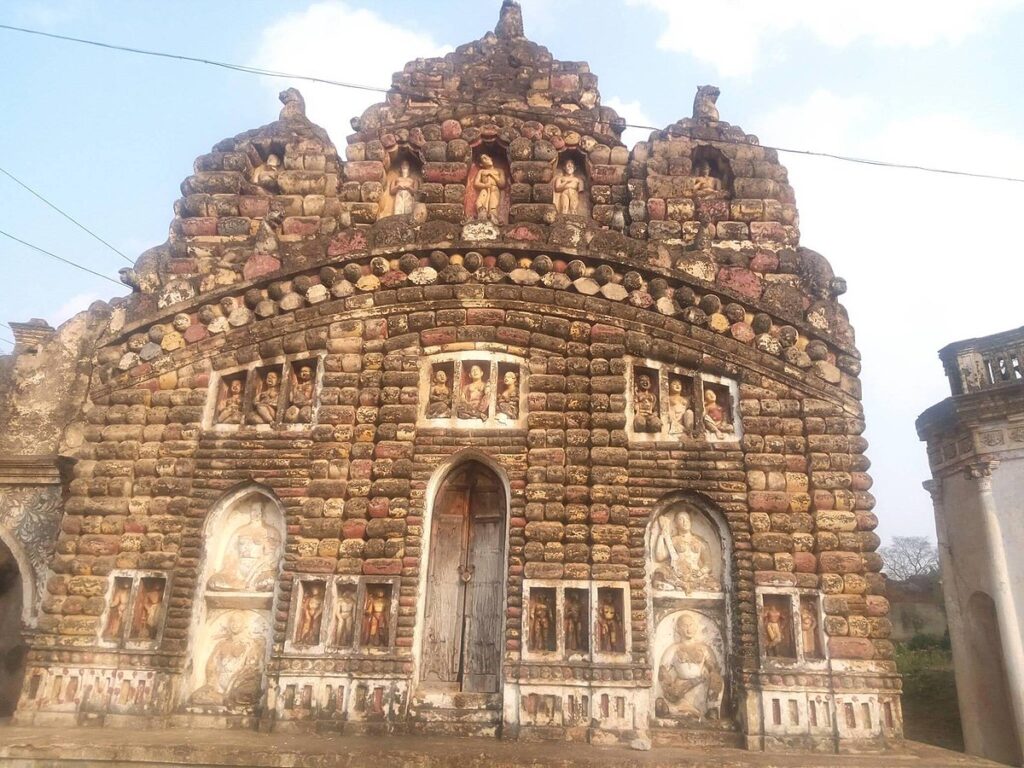Constructing History:
Numerous prehistoric, protohistoric, and historical sites have been excavated and investigated, but the finds are not consistent with ancient Indian culture. The phases of India’s social development cannot be thoroughly comprehended without mentioning the observations of prehistoric and protohistoric archaeology, not to mention historical archaeology.
Although nearly 200 ancient historical sites have been excavated, their importance in the study of ancient social, economic, and cultural patterns has not been extensively addressed in survey studies. This must be done both in the sense of ancient India’s rural and urban facets.
So far, the relevance of largely Buddhist and some Brahmanic sites has been emphasized, but religious history needs to be seen concerning social and economic changes.
Ancient history has so far been developed primarily based on literary, international, and indigenous sources. Coins and inscriptions play a role, but more weight is assigned to the texts. New techniques must now be implemented. Historical awareness continues to expand. We ought to be more critical about the dates and quality of the documents.
If we analyze the texts in the sense of archaeological evidence, we will be able to do so. Initially, written texts influenced archaeologists, who excavated many sites mentioned in Brahmanical and Buddhist texts. Though the digging findings did not always validate the contents of the documents, they significantly enriched historical knowledge.
Although full-length papers on several excavated sites have yet to be written, it is wise to read the texts in light of the archaeological findings. To establish the period of the Rig Veda, we must remember the Gandhara grave society, which used the horse and cremated the dead in the second millennium BC.
We need to create a co-relationship between the later Vedic period, on the one hand, and the Painted Gray Ware and other forms of archaeological finds, on the other. Similarly, early Pali texts may be linked to the Northern Black Polished Ware (NBPW) archaeology.
Besides, the details obtained from the Sangam texts must be related to that inferred from the inscriptions and early Megalithic archaeology in peninsular India. Archaeological evidence should be considered much more significant than the long family trees found in the Puranas.
While the Puranic tradition dates Rama of Ayodhya to about 2000 BC, excavations and detailed explorations in Ayodhya have shown no signs of a settlement around that time. Similarly, considering Krishna’s prominence in the Mahabharata, his presence is not attested by the earliest inscriptions and sculptural items from Mathura dating from 200 BC to 300 AD.

Given these obstacles, the notion of an epic period based on the Ramayana and Mahabharata must be abandoned, because it used to be a chapter in most survey volumes on ancient India. Of note, both the Ramayana and the Mahabharata contain many phases of social evolution.
This is because the epics do not belong to a single period of social evolution; we can remember that they have undergone many editions.
Furthermore, Vardhamana Mahavira and Gautama Buddha are usually dated to the sixth century BC based on literary traditions and epigraphic material, but the cities they visited are archaeologically not older than 400 BC, necessitating a reexamination of their tradition-based dates.
Archaeology, inscriptions, and coins are more significant than texts in terms of chronology and logic. The grammatical works of Panini and Patanjali, on the other hand, have nearly fixed dates and are largely free of myths and legends, making them as significant as coins, inscriptions, and excavation finds.
Many inscriptions have been ignored because they are of no historical interest. The word “historical meaning” refers to data used to recreate political history. A royal inscription, on the other side, includes exaggerations. In Ashokan inscriptions, the word “hundreds of thousands” seems to be a cliche.
It is used to identify both humans and animals, and it casts doubt on the number of people killed in the Kalinga war and those transported to Pataliputra. The inscriptions of Samudragupta and King Chandra contain exaggerations as well. Given these exaggerations, inscriptions are unquestionably more credible than Puranic practices.
Though the Puranas are used to drive the Satavahanas’ history back, the inscriptions place them in the first century BC. Inscriptions may show patterns in the growth of polity, culture, economy, and religion, as well as a king’s regnal time, conquest, and extent.
As a consequence, inscriptions are not used in this analysis exclusively for political or religious reasons. Epigraphic land grants are valued for the emergence of new states and shifts in the social and agrarian system, especially in post-Gupta periods, rather than for family trees and conquest lists.
Coins may also be used to recreate the histories of the Indo-Greeks, Shakas, Satavahanas, and Kushans, as well as the histories of commerce and urban life. In conclusion, for historical reconstruction, a careful selection of information extracted from documents, coins, inscriptions, archaeology, and other sources is needed.
As we’ve seen, this raises the question of the sources’ relative value. Thus, mythologies present in the epics and Puranas are viewed as less significant than coins, inscriptions, and archaeology.
Mythologies may support prevailing norms, validate social mores, and explain the rights and limitations of people in castes and other social classes, but the events portrayed in them cannot be taken as real.
Any ancient artifacts from our period can also be used to justify past practices. In the creation of ancient history, acquaintance with village life and knowledge acquired by researching primitive people are useful tools. Other ancient civilizations’ innovations cannot be overlooked in a successful historical reconstruction.
A comparative perspective may help to dispel ancient India’s fascination with the notion of the “rare” or “special,” exposing patterns that ancient India shares with other countries’ past societies.
Human genetic studies can also be used to learn more about Indian links to people in other areas of the world. A scientific study of heredity and generation-by-generation inherited characteristics shows racial mixing, population dispersal, and cultural diffusion.

